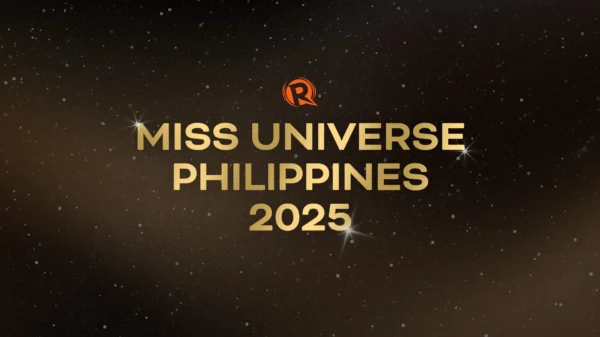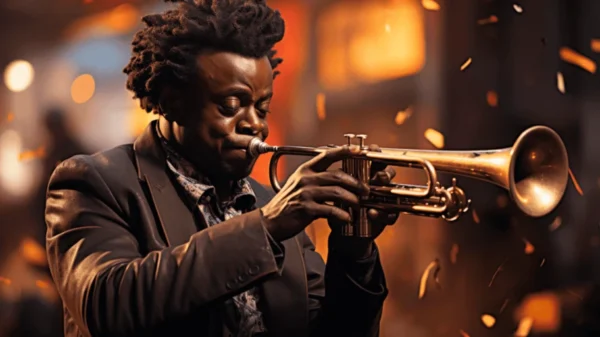Virtual reality (VR) technology has taken the world by storm in recent years, and its impact on the film industry is no exception. With the ability to transport viewers into a completely immersive and interactive world, virtual reality has revolutionized the way stories are told on the big screen.
Gone are the days when audiences passively watched a film unfold on a traditional screen. With virtual reality, viewers are now active participants in the storytelling process. They can explore the film’s environment, interact with characters, and even influence the outcome of the narrative. This level of engagement creates a whole new level of emotional connection between the viewer and the story.
One of the most notable examples of virtual reality in film is the use of 360-degree cameras. These cameras capture footage from all angles, allowing viewers to look around and experience the film from any perspective they choose. This technology has been used in documentaries, giving viewers a truly immersive experience of being in the midst of the action.
Another way virtual reality is changing the film industry is through the creation of virtual reality films. These films are specifically designed to be experienced in a virtual reality headset, taking advantage of the technology’s ability to transport viewers to different worlds. Directors and filmmakers are now exploring new ways to tell stories and engage audiences through this medium.
Virtual reality also offers exciting opportunities for film marketing and promotion. Studios can create virtual reality experiences that allow audiences to step into the world of a film before it is even released. This not only generates buzz and excitement but also gives viewers a taste of what they can expect from the full-length feature.
While virtual reality in film is still in its early stages, it has already made a significant impact. The technology has the potential to completely transform the way films are made and experienced. As virtual reality continues to evolve and become more accessible, we can expect to see even more innovative uses of the technology in the film industry.
However, like any emerging technology, virtual reality also comes with its challenges. One of the main hurdles is the cost of production. Creating a virtual reality film requires specialized equipment and expertise, which can be expensive. Additionally, the technology is still relatively new, and there is a learning curve for filmmakers to adapt their storytelling techniques to this immersive medium.
Another challenge is the potential for motion sickness among viewers. Virtual reality can be an intense experience, and some people may experience discomfort or nausea while using the technology. This is something that filmmakers and developers need to take into consideration when creating virtual reality content.
Despite these challenges, virtual reality has the potential to change the way we experience films forever. It offers a level of immersion and engagement that traditional cinema simply cannot match. As the technology continues to advance and become more accessible, we can expect to see virtual reality become a mainstream part of the film industry.
In conclusion, virtual reality is revolutionizing the film industry by offering immersive storytelling experiences that transport viewers into the heart of the narrative. From 360-degree cameras to virtual reality films, the technology is changing the way stories are told and experienced. While there are challenges to overcome, the potential of virtual reality in film is undeniable. As the technology continues to evolve, we can only imagine the possibilities it holds for the future of cinema.


































